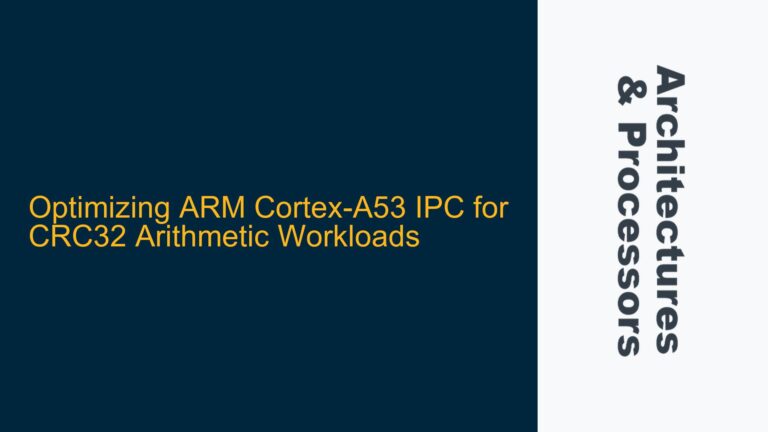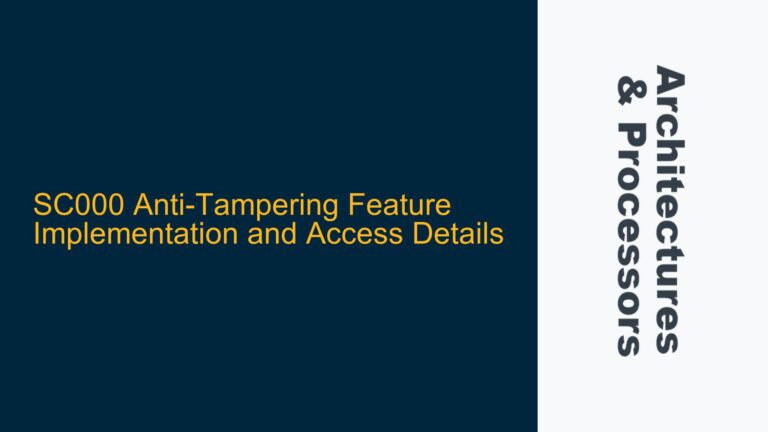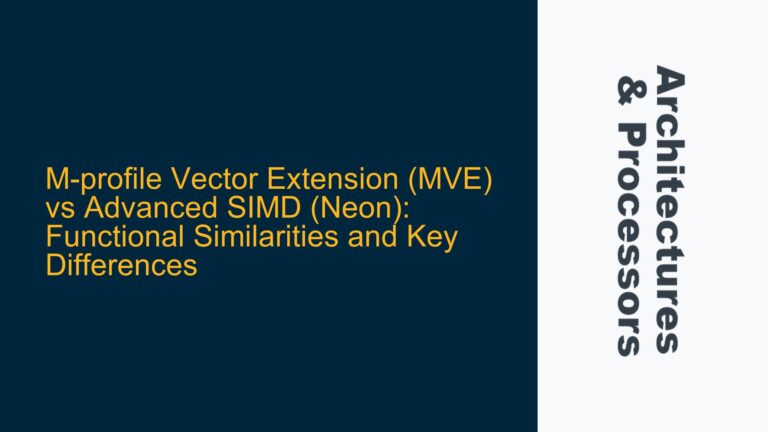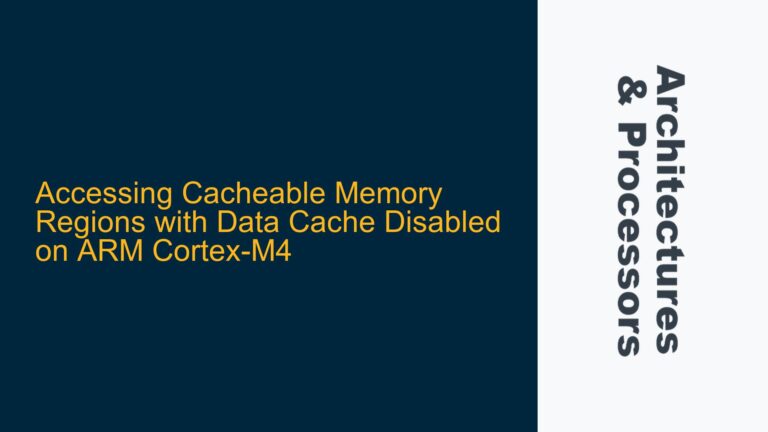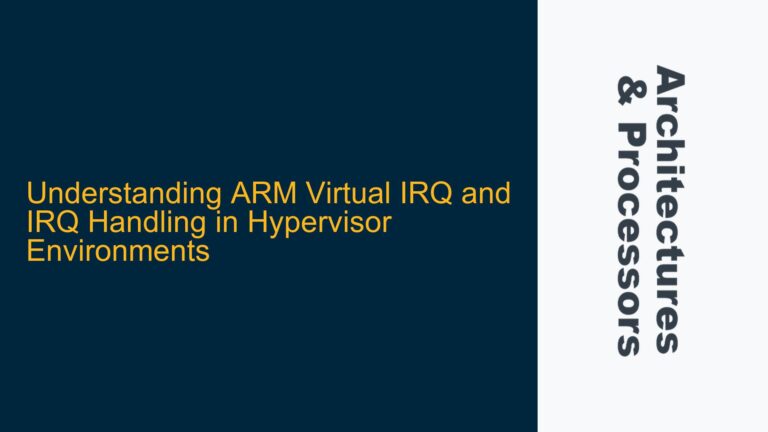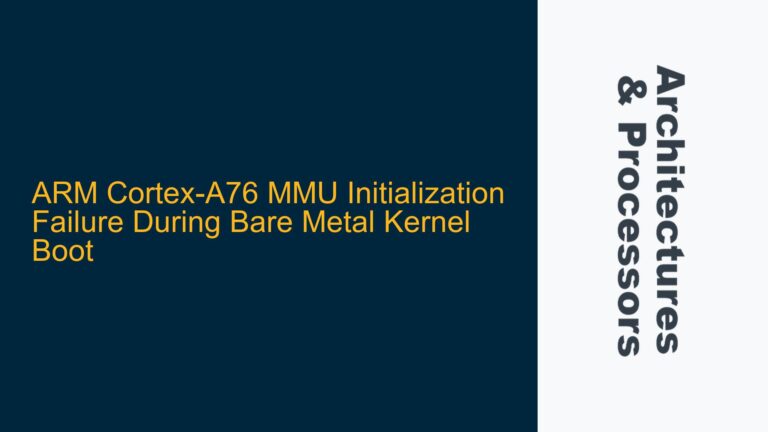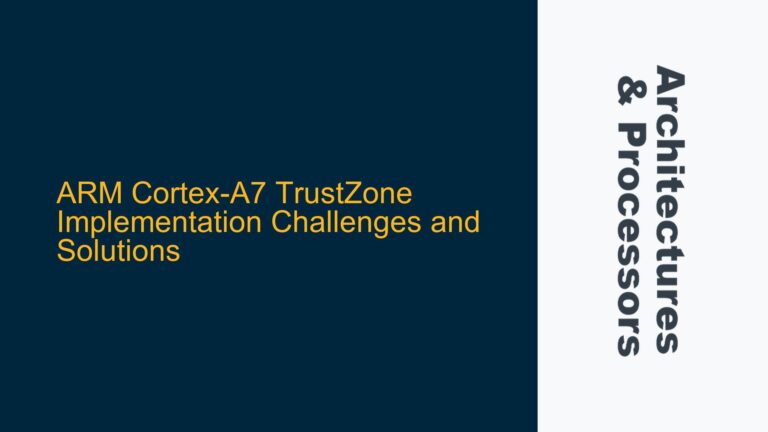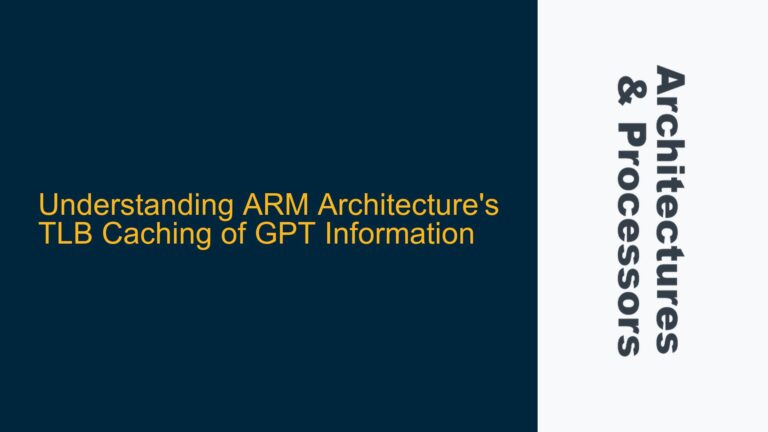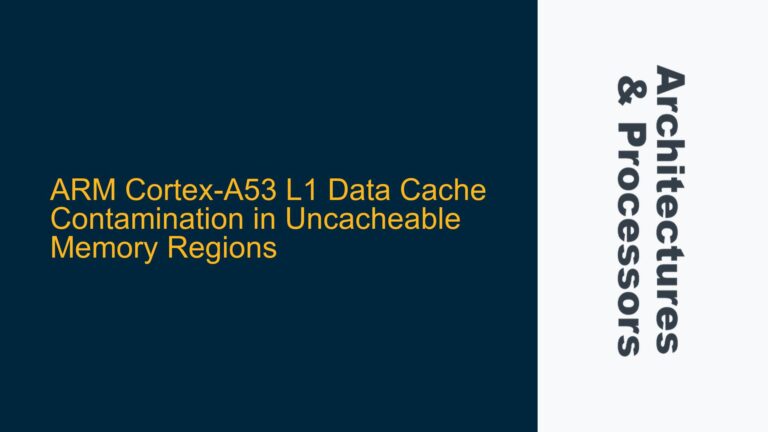Optimizing ARM Cortex-A53 IPC for CRC32 Arithmetic Workloads
ARM Cortex-A53 Instruction Per Cycle (IPC) Analysis for CRC32 Workloads The ARM Cortex-A53 is a widely used in-order processor core designed for efficiency and low power consumption. It features a dual-issue pipeline, meaning it can theoretically execute up to two instructions per cycle under optimal conditions. However, achieving this peak IPC is highly dependent on…
